MARKET OVERVIEW
The Global Newborn Screening market is a unique segment in the medical diagnostics and public health sector dedicated to early identification of treatable genetic, endocrinologic, hematologic, and metabolic disorders in newborns immediately after birth. The market will further shape the way healthcare systems detect disorders that are not always obvious but will cause critical health complications if undetected. As governments and health institutions across the globe enhance their neonatal care approaches, newborn screening will take on an additional strategic relevance among hospitals, diagnosis labs, and specialized clinics. The focal point of the Global Newborn Screening market is an array of screening tests and diagnosis assays that have been designed specifically to identify precise biomarkers within a newborn's blood, urine, or auditory tests.
These screening panels will grow and develop further according to national mandates, scientific studies, and new technologies. The market is influenced by how effectively and precisely these screenings will detect rare conditions prior to the onset of symptoms. Nations with sophisticated healthcare systems will be expected to adopt wider screening panels, which will drive the development and demand for equipment, consumables, and follow-up diagnostic services. The screening itself usually starts with a few drops of blood obtained through heel prick, dried on filter paper, and tested with sophisticated methods like tandem mass spectrometry and enzyme assays. These technologies enable laboratories to screen dozens of disorders from one sample.
The quality and reliability of these technologies, as well as their capacity for high sample throughput while providing accurate results, will define the Global Newborn Screening market. Healthcare providers and laboratories will depend on strong analytical platforms that minimize turnaround times and protect data integrity. Regulatory guidelines and public health policies will dictate the manner in which the Global Newborn Screening market grows over the next few years. Health authorities will be instrumental in determining what disorders should be given priority, how frequently panels are revised, and what type of confirmatory testing will be demanded. Manufacturers and service providers, therefore, will need to conform to changing requirements of compliance standards and provide validated, high-accuracy solutions customized to varying regional regulations.
Government participation in funding and rolling out screening programmers will be a major impetus in most developing nations seeking to establish more robust neonatal health systems. Also, computerized health systems and data platforms will drive the operational aspects of the Global Newborn Screening market. As several thousand samples get processed each day in high-throughput labs, systems facilitating smooth tracking, result reporting, and parent notification will become increasingly important. Interoperability with electronic health records and remote sharing will further complicate the infrastructure in this market. In the years to come, the Global Newborn Screening market will continue to be at the heart of preventive newborn healthcare. Public and private sector stakeholders will work towards creating better assays, software platforms, and laboratory automation devices to make early diagnosis more precise and accessible. As awareness gains momentum and technologies improve, newborn screening will continue to inform clinical decision-making and long-term health outcomes through timely intervention.
Global Newborn Screening market is estimated to reach $2,299.79 Million by 2032; growing at a CAGR of 8.2% from 2025 to 2032.
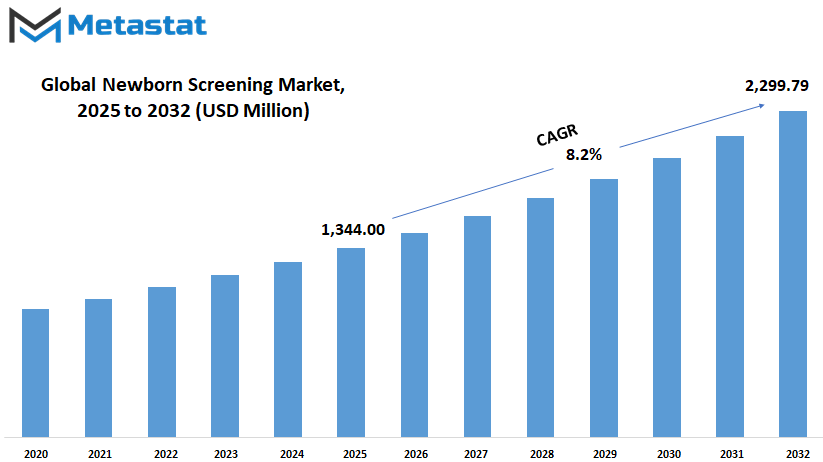
GROWTH FACTORS
The Global Newborn Screening market is becoming increasingly popular as healthcare systems across the globe start to appreciate the importance of early detection in ensuring better long-term health outcomes. Newborn screening is a simple, yet effective tool employed shortly after birth to detect conditions that may not manifest themselves immediately but could develop into severe health problems if not treated. As more healthcare professionals and parents are aware of how early diagnosis can avert lifetime complications, demand for readily available and correct screening continues to rise. Perhaps the leading factor for increased business in this niche is growing knowledge among individuals on the value of diagnosing illness early.
Educational campaigns and programs are making families aware that a simple screen at birth can identify metabolic, hormonal, or genetic disorders prior to the onset of symptoms. This awareness is encouraging more families to sign up, and healthcare professionals are meeting the demand by increasing their options for testing. Meanwhile, technology advancement is driving the market forward. Advances in equipment and testing technology are making it quicker and simpler to detect conditions with greater precision. This is not only reducing the time to diagnose but also allowing physicians to act quickly, which is critical for newborns. Even with this good trend, the market still faces some difficulties. One of the key problems is restricted access to screening in rural or resource-poor communities.
Families who live in these areas may not have access to medical facilities close by that offer newborn screening or even the means of transportation and access to information. The issue of affordability is also a problem. While some countries include newborn screening in public health programs, others don't, so families have to pay out of pocket. This renders it challenging for poor households to be able to access such critical testing, potentially widening the gap in health outcomes between different economic classes. In the future, the application of point-of-care testing equipment has great potential to alleviate some of these challenges. These portable testing devices can then be used within smaller clinics, or even domestic settings, which can provide superior-quality testing where it is currently lacking. It can lead to better coverage as well as improved access to treatment.
With innovation ongoing and awareness increasing, more areas may implement policies favouring newborn screening as a standard service, so each child receives a healthier beginning in life. The Global Newborn Screening market is heading toward a time when timely and affordable care will be an expected norm, rather than a luxury.
MARKET SEGMENTATION
By Product
The Global Newborn Screening market will further expand steadily driven by steady innovation in medical technology and increasing focus on early identification. Newborn screening plays a critical role in identifying health issues in newborn babies shortly after birth, allowing early treatment and enhanced health outcomes. As awareness rises among healthcare practitioners and parents, the market will tend to rise. One of the main drivers of this market is the evolutionary movement towards preventive healthcare, where attention is not just on curing disease but on the identification of diseases even before they manifest in symptoms. Based on product, the market is divided into reagents and instruments.
Instruments are the devices, or the equipment used to conduct the tests, while reagents are chemicals or substances which react during testing to identify abnormalities. These two segments are both essential to the screening process but each of them matures independently. The instruments are being upgraded for more accurate and faster outputs, while the reagents also are becoming cleaner and more stable. Firms are moving their focus towards making the product easier to use and more effective, something which should drive its application to more diagnostic centers and hospitals. In the coming times, newborn screening is expected to be more common in which automation and artificial intelligence will gain more ground. With these technologies, analysis of the results can be done faster and in a more precise way.
This will not only reduce the risk of mistakes but also allow medical staff to act quicker. Another trend which is likely to follow is the expansion of screening panels. Currently, certain conditions only are screened for in most places, but when wider testing is made available, more disorders will be added to regular testing. This shift will necessitate more advanced equipment and reagents, compelling the market to expand and diversify. Local authorities and international health agencies will remain principal advocates by pushing policies promoting newborn screening. In other countries, they are already part of routine care, and similar practices will be more prevalent. The demand for ensuring equal access to healthcare will also lead to the establishment of screening programs where they currently do not exist or are absent. Generally, the Global Newborn Screening market will continue to develop based on technology, policy, and the need for improved early health outcomes. As both instruments and reagents become more advanced and are used more extensively, the total market will likely experience steady and significant growth.
By Technology
Global Newborn Screening industry will witness solid growth in coming years with increasing growth in medical technologies and improved awareness about early diagnosis. Newborn screening makes it possible for physicians to screen for a group of genetic, endocrine, and metabolic diseases at birth or shortly thereafter within infancy. Early intervention and timely long-term treatment enable babies to grow and develop a healthy strong life without major impairment or disability. As technology keeps evolving, such tests are becoming more accurate, faster, and affordable. This will reach more people using newborn screening techniques in more areas, particularly in the Third World where healthcare is trying to catch up with the rest of the world. The market is segmented by various technologies, each serving a particular purpose in identifying various health issues in infants. Tandem Mass Spectrometry is used extensively since it can detect several disorders from a single blood test.
The technique is most likely to continue being a part of the screening process because of its efficiency and dependability. Pulse Oximetry is another technique, which measures the level of oxygen in a baby's blood and assists in the detection of serious heart conditions at an early stage. With the improvement in sensors and monitoring devices with technological advancements, the technique will be more popular and efficient. Enzyme-Based Assays are significant as they serve to detect metabolic disorders by quantifying the activity of specific enzymes. DNA Assays are also being considered due to their capability to detect genetic disorders through DNA analysis of the infant.
As genetic medicine advances, they will be made more detailed and individualized and will provide additional information on what risks a child may face in terms of disease. Electrophoresis is another test for identifying blood illnesses like sickle cell anemia. Although an older method, it is still effective and perhaps could be upgraded with new devices and simplified handling. There are other techniques now being designed or improved upon that will aid early diagnosis as well. These can involve newer biochemical screening or even digital platforms that better gather and interpret data. The future can witness artificial intelligence incorporated into screening to better interpret results and minimize opportunities for error.
Growing newborn screening to wider conditions and improving existing technologies will be the key driver taking the Global Newborn Screening market forward. Governments, health professionals, and private enterprises are likely to spend more on this sector, not just to cater to medical requirements but also to fund healthier generations. The future of newborn care is bright, with technology taking center stage in determining early health interventions.
By Test Type
The Global Newborn Screening market is rapidly gaining momentum as medical procedures become more and more centered around early diagnosis and planning for lifetime health. With more and more countries working towards enhancing public health programs, newborn screening has come to be the focal point of such programs. The procedure involves screening newborn infants shortly after delivery to detect some serious diseases that may not immediately be evident. The aim is to identify these diseases as early as possible so that treatment can be started even before the symptoms arise, thus preventing long-term effects or saving lives. In the future, the Global Newborn Screening market will also grow as healthcare systems continue to spread and develop. By Test Type, the market is divided into Dry Blood Spot Test, Critical Congenital Heart Disease (CCHD) screening, and Hearing Screen.
All serve unique roles in helping doctors become more aware of a baby's condition. The Dry Blood Spot Test is utilized to screen for numerous metabolic and genetic diseases. It is done by taking a small sample of blood from the heel of the baby and checking it for conditions. This procedure has been used extensively and will continue to be a required instrument since it is accurate and quick. CCHD screening, which screens for life-threatening heart defects that may prove fatal, uses pulse oximetry to check the oxygen level in the blood of a newborn. Detection of such conditions early on enables doctors to act rapidly with treatment or surgery if required. With improving technology, such scans will be more advanced and easier to provide, even where medical resources are scarce. Hearing Screen is one test that has become a standard part of infant health. Newborns who have hearing loss often do not present any symptoms right away, which is why screening at birth helps enhance their chances of learning how to communicate. Early identification of hearing loss allows families to be given aids and assistance that facilitate the child to learn how to talk and communicate with people more easily.
In the future, we may have even more advanced hearing tests with even better outcomes, so that no baby is left behind. With more awareness, studies, and development in technology, the Global Newborn Screening market will continue to expand and contribute even more to early healthcare. The tests allow for a safer start in life, where it can be addressed to ensure overcoming any healthcare issues early on.
By End User
The Global Newborn Screening market is becoming increasingly significant as healthcare becomes increasingly focused on prevention and early detection. Newborn screening refers to the examination of babies at or around birth to test for diseases that might have a significant impact on their health or development down the line. If the disease is detected early, it can begin immediately and prevent major future health issues. Due to this, demand for newborn screening is increasing worldwide.
When looking at who uses these services, hospitals and clinical laboratories are the two main players. Hospitals are usually the first place where newborn screening happens. Since most births take place in hospitals, it is natural that the screening process begins there. Hospitals are equipped to handle immediate testing and offer direct access to doctors and specialists. This makes it easy to act swiftly if a test of a baby indicates a potential health problem. Parents tend to feel more comfortable when their baby is tested to see where they gave birth, with doctors around to explain the results. Clinical laboratories also have a large role to play.
These labs typically do more detailed testing. Once a hospital has taken the blood sample from the baby, it may be sent to a clinical laboratory where experts utilize sophisticated equipment to test it. Clinical labs may not directly interact with the baby or the parents but are equally crucial. With advancing technology and improved techniques, clinical labs can identify conditions quicker and more precisely than ever. As health systems become more developed and expanded, hospitals may opt to collaborate with external labs rather than performing everything on their own. In the future, the Global Newborn Screening market will be transformed as hospitals and laboratories adopt newer technologies and computerized systems. There can be increased automatic testing and quicker result exchange between hospitals and labs.
Parents might even receive news of their child's results through secure internet-based systems. All this would help minimize waiting times and decrease stress for families. Improved sharing of data between labs and hospitals might also enable researchers to understand unusual conditions and develop better treatments in the long run. The Global Newborn Screening market is shifting towards more integrated and efficient care, with hospitals and clinical laboratories playing central roles in providing newborns the healthiest possible start.
|
Forecast Period |
2025-2032 |
|
Market Size in 2025 |
$1,344.00 million |
|
Market Size by 2032 |
$2,299.79 Million |
|
Growth Rate from 2025 to 2032 |
8.2% |
|
Base Year |
2024 |
|
Regions Covered |
North America, Europe, Asia-Pacific, South America, Middle East & Africa |
REGIONAL ANALYSIS
The Global Newborn Screening market is continuously gaining momentum in various regions, with each region depicting unique patterns influenced by healthcare infrastructure, policy measures, population dynamics, and awareness levels. The market in North America is anticipated to witness firm activity, primarily boosted by sophisticated healthcare systems and consistent support from the government as well as the private sector. United States and Canada are expected to continue setting the pace because they have been steadfastly investing in medical technology and having organized healthcare policies. Mexico is slowly catching up as initiatives to enhance healthcare access and early diagnosis schemes are being driven into action. Europe also has a strong presence in this market.
The UK, Germany, France, and Italy are demonstrating commitment towards newborn health programs. These nations should continue to encourage early screening of newborns, backed by public health systems and increased public education. As screening technology becomes increasingly available and affordable, the rest of Europe should be able to catch up with the advanced nations in the region. Policymakers and healthcare providers are becoming increasingly interested in increasing the coverage of screening services to more remote and disadvantaged areas. Asia-Pacific is notable for the size and sizeable growth of its population. Countries like China and India are slowly placing a greater emphasis on newborn health in the context of wider public health reforms.
South Korea and Japan, with their sophisticated medical systems, already have organized screening schemes and will most likely be emulated by countries in the immediate region. With further economic progress in the area, additional countries will likely begin to implement systematic screening approaches. Technology transfer, international partnerships, and greater funding will play a significant part in shaping the growth here. South America will advance as more governments start to emphasize preventive healthcare. Brazil and Argentina are implementing measures to increase newborn screening, but the progress may not be equal across the continent. Nevertheless, the demand for improved access to healthcare is a good indication that the market will expand in the long run. In the Middle East and Africa, the situation is patchy but promising. While nations such as the GCC countries and South Africa are already making significant strides, others are only starting to lay the groundwork for newborn screening programs.
Initiatives to enhance healthcare delivery and awareness are likely to gradually but consistently underpin the expansion of the Global Newborn Screening market in this region. With medical technology being more readily available, even poorer regions might start to experience the advantages of early screening in the near future.
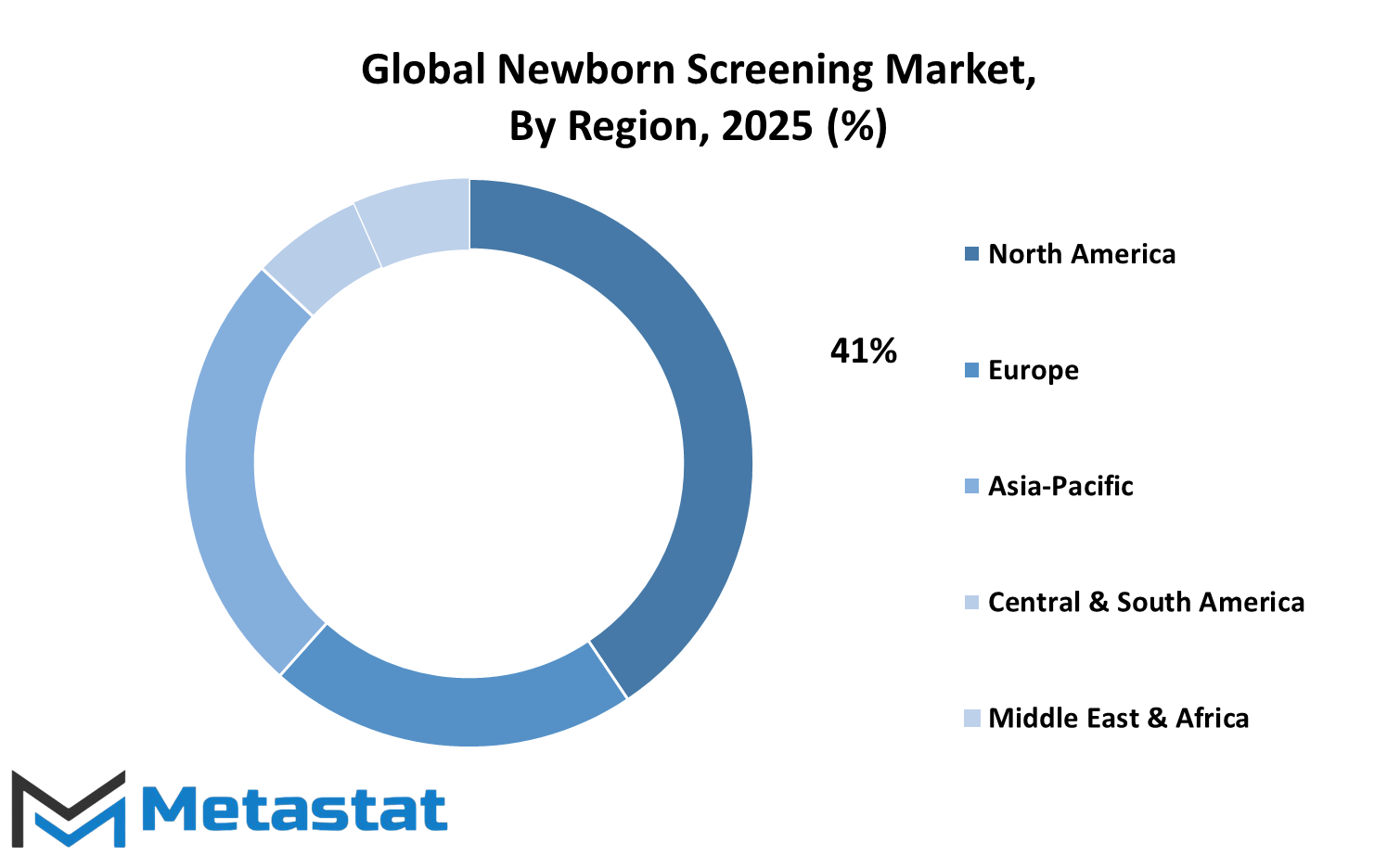
COMPETITIVE PLAYERS
The Global Newborn Screening market is slated to witness uniform growth as the technology keeps progressing and healthcare infrastructures across the globe invest greater amounts in early diagnosis. Newborn screening, where infants are tested soon after birth to detect specific genetic, metabolic, hormonal, and functional disorders, is gaining popularity on a large scale. This move is backed by governments and organizations collaborating to help children receive good healthcare from the initial stages of life.
With increasing emphasis on early detection, competitive players in the Global Newborn Screening market are driving innovation. Firms such as PerkinElmer, Inc. and Bio-Rad Laboratories, Inc. have been at the forefront of creating new tools and testing systems that are easier to use and more accurate. Their research and development teams are continually seeking to improve screening as faster, cheaper, and more accessible across various regions. Such upgrades will assist in extending testing further beyond large metropolitan areas to even more distant or underserved locales, where there may still remain limited access to healthcare. Natus Medical Incorporated and Baebies, Inc. have also led the way with portable devices and simplified processes, particularly beneficial in low-resource clinics. Masimo Corporation has assisted by merging non-invasive monitoring technologies that improve screening capacity. All of these initiatives are helping to redefine the way healthcare workers tackle newborn health and early diagnosis.
Other key contributors, including Trivitron Healthcare and Chromsystems Instruments & Chemicals GmbH, are further driving the market by delivering quality laboratory solutions. AB Sciex LLC and Waters Corporation are expanding the capabilities of what can be achieved with mass spectrometry in newborn screening, providing accuracy that aids early detection of rare disorders. This degree of precision will enable conditions to be treated before they have lasting impacts, enhancing the quality of life for a large number of children. New entrants and niche players such as Recipe Chemicals+Instruments and Zentech are introducing niche products and solutions that introduce diversity and flexibility into the market.
Concurrently, established players including Medtronic plc, CENTOGENE AG, Luminex Corporation, Revvity, and Tulip Diagnostics (P) Ltd are developing integrated solutions that can integrate into various healthcare systems without upending existing practice. With the growing competition, the Global Newborn Screening market will continue to evolve through innovation, collaboration, and investment in improved technologies. This continuous improvement will make the future brighter as every newborn baby will be able to receive life-saving health screening, irrespective of where they were born.
Newborn Screening Market Key Segments:
By Product
- Instruments
- Reagents
By Technology
- Tandem Mass Spectrometry
- Pulse Oximetry
- Enzyme Based Assay
- DNA Assay
- Electrophoresis
- Others
By Test Type
- Dry Blood Spot Test
- CCHD
- Hearing Screen
By End User
- Hospitals
- Clinical Laboratories
Key Global Newborn Screening Industry Players
- PerkinElmer, Inc.
- Bio-Rad Laboratories, Inc.
- Natus Medical Incorporated
- Baebies, Inc.
- Masimo Corporation
- Trivitron Healthcare
- Chromsystems Instruments & Chemicals GmbH
- AB Sciex LLC
- Recipe Chemicals+Instruments
- Waters Corporation
- CENTOGENE AG
- Medtronic plc
- Luminex Corporation
- Revvity
- Zentech
- Tulip Diagnostics (P) Ltd
WHAT REPORT PROVIDES
- Full in-depth analysis of the parent Industry
- Important changes in market and its dynamics
- Segmentation details of the market
- Former, on-going, and projected market analysis in terms of volume and value
- Assessment of niche industry developments
- Market share analysis
- Key strategies of major players
- Emerging segments and regional growth potential



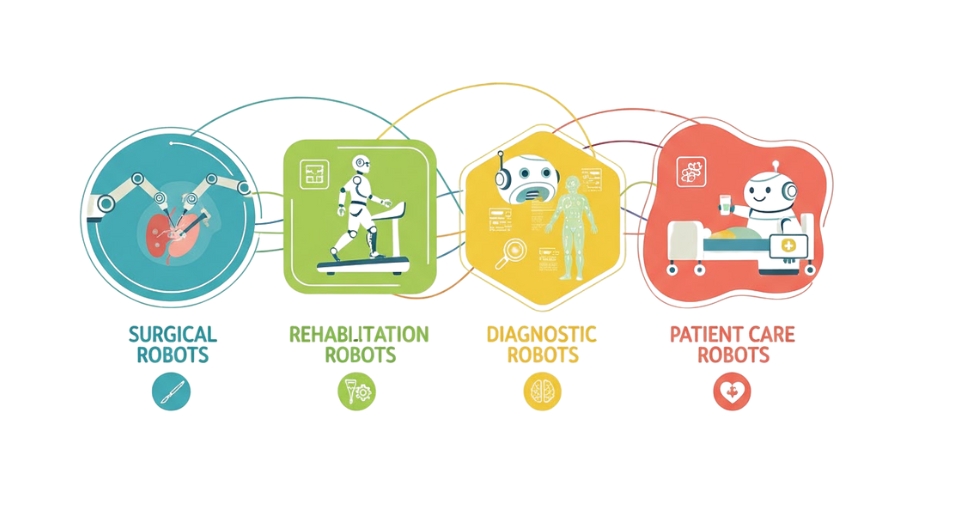
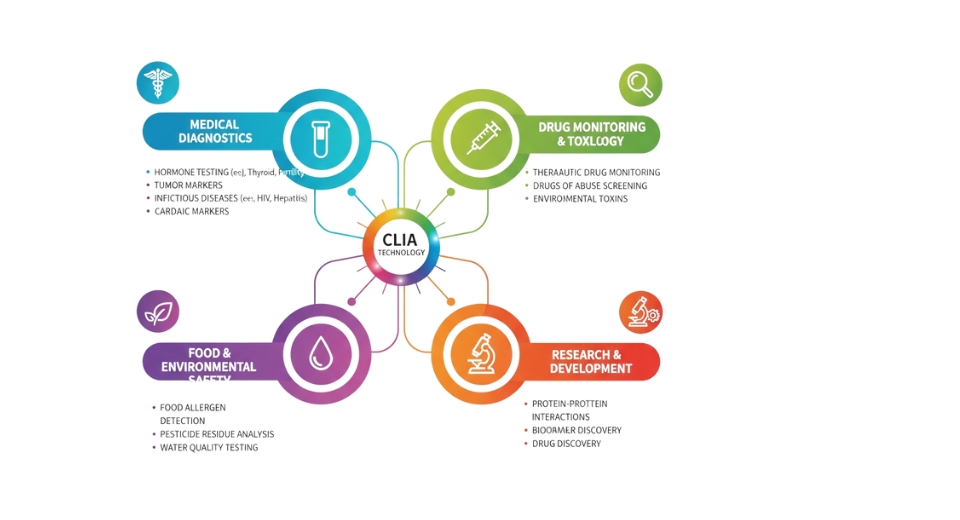
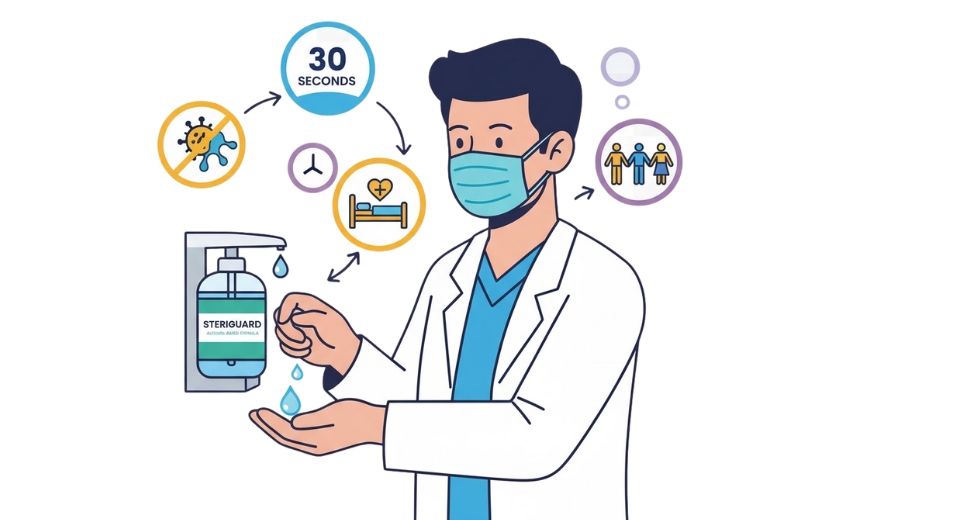
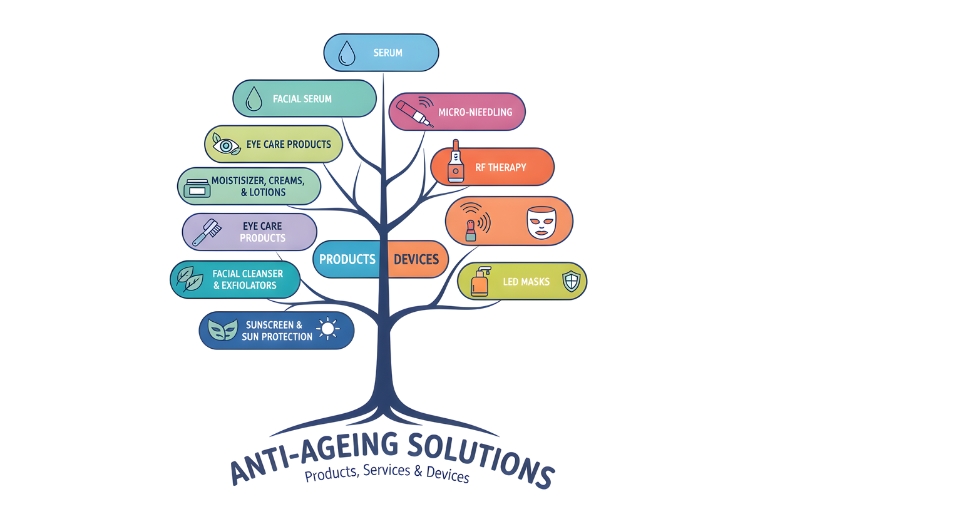

 US: +1 3023308252
US: +1 3023308252






